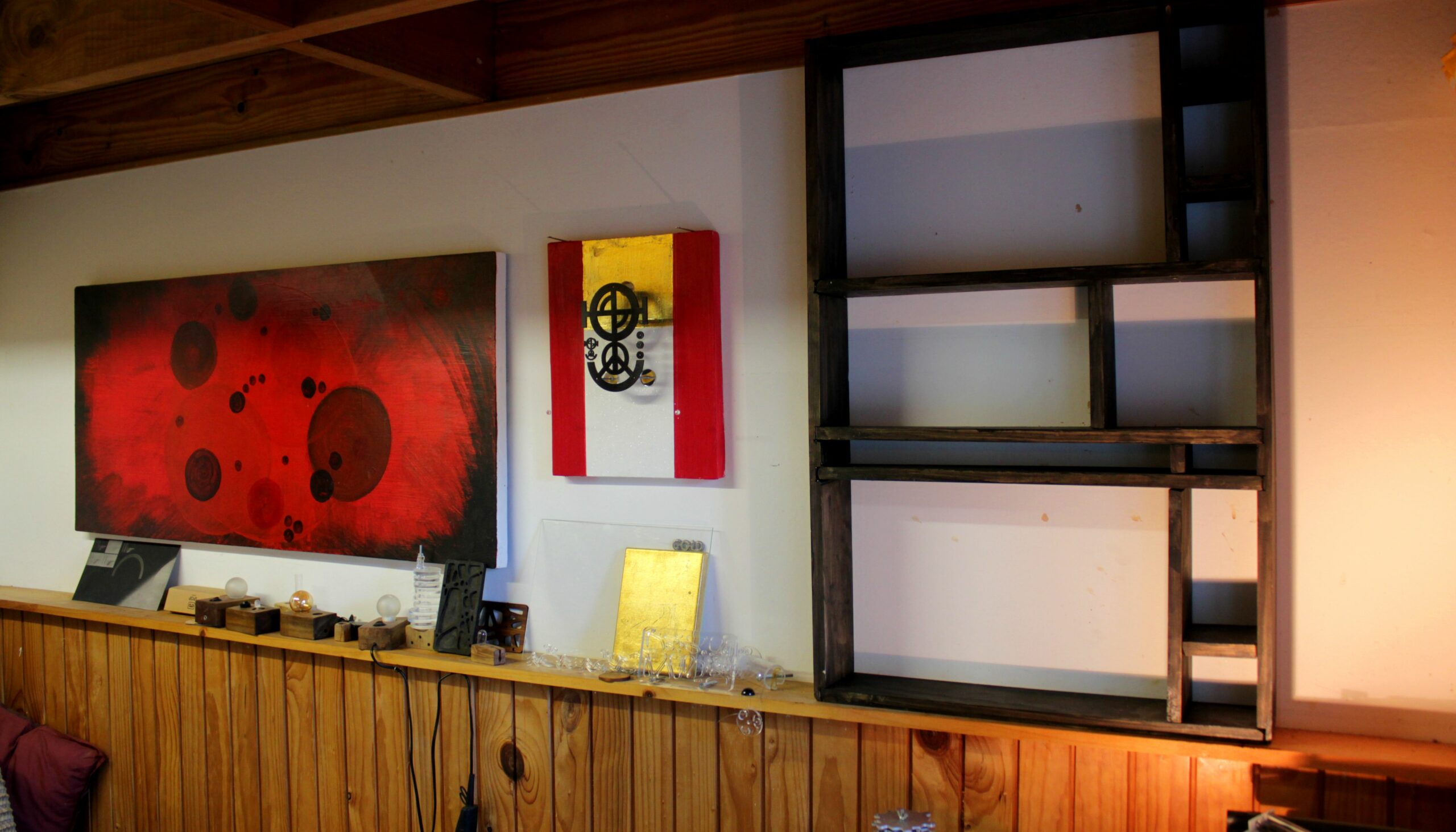The Barbie Sessions
A while back I saw this thing about “How To Use The Golden Mean To Dress Well“… although they’re it’s actually using the rule of 3rds (that photographers use) rather than Phi… 1.618. Which comes from this site here, which has lots of advice about “how to dress”, which I probably ought to take a look at, because I look like The Big Lebowski. Anyway… time passes, then I saw this: WHICH IS WRONG WRONG WRONG I don’t care if it does light up in the dark. The proportions aren’t (how you say) flattering. — So apparently someone named Tim Gunn has designed some clothes for Barbie. I have no idea who Tim Gunn is, but apparently he’s been on the television… and the outfits do look quite good, although I wouldn’t wear them myself. I did some golden-mean-checking on them… with the usual caveats about margin-of-error… And they’re pretty…
Golden Ratio Spaceship Design
Fantastic, in-depth analysis of the use of the Golden Mean in the design of the Starship Enterprise. … and the use of Vesica Piscis in the design of the Klingon ships Absolutely brilliant. I’d be interested to know if this was in fact Matt Jeffries’ methodology – from the look of the Klingon ship, it almost certainly was. The Enterprise… maybe. Artists do have a way of gravitating towards the golden mean without a specific conscious intent to do so I think. Still… whether deliberate or not, the designs definitely work. Only the most famous spaceship ever :)
Golden Guitars
Juha Ruokangas, luthier extraordinaire from Finland makes a range of utterly gorgeous guitars… the designs of which are built according to the golden mean. It’s not just skin deep… check the finish on this Now I know a little bit about guitars, on account of this being me, a year or two ago: And then a year or two later And these guitars from Finland are gorgeous. I’m totally going to get one of these at some point. When I become a little less broke :) The website has various making-off photos which are incredibly interesting if you like that sort of thing :). I like his philosophy-of-making as well. People seem to be really, really interested in the process by which things get made – to the extent that transparency can (and often does) take the place of advertising (which is generally bogus and manipulative). The artefact has become…
Golden Ratio Shelves
So I have this problem: I need to make some shelves. I need to make some shelves badly. … but then I thought “Why make them badly (like I normally do) when I could make them quite well?”. So I went to the Internets in search of inspiration. The ones I liked best were these Ooh I thought – those look a bit golden-meany… I wonder if… Sure enough. Nothing 100% exact of course – but pretty close. This is a good example of confirmation-bias though. The way that if we fixate on something, we filter out everything else and tend to see only what we want to see. This bookshelf looked like one of those puzzles where you need to figure out the number of squares: There are 40. The formula for this is “length² + (length-1)² + (length-2)²… and so on down to 1”. So for this puzzle…
3D Printed Fibonacci Cogs
“A logarithmic spiral, equiangular spiral or growth spiral is a kind of spiral curve which often appears in nature. It is related to Fibonacci numbers, the golden ratio, and golden rectangles, and is sometimes called the golden spiral. The logarithmic spiral was first described by Descartes and later investigated by Jacob Bernoulli, who called it Spira mirabilis, “the marvelous spiral”.” – from makerbot These can be programatically generated using a script created by Dr. Laczik Bálint… and has been included on a “daily prints” list for teachers, which is a good idea as well. Reminds me of this 1930s video containing lots of different geared mechanisms… … which has been seen 2.6 million times… which I find quit amazing. There are millions of these on Youtube now… cog/mechanism videos. It’s a bit like what people used to say about The Velvet Underground… they might not have sold the most records,…

